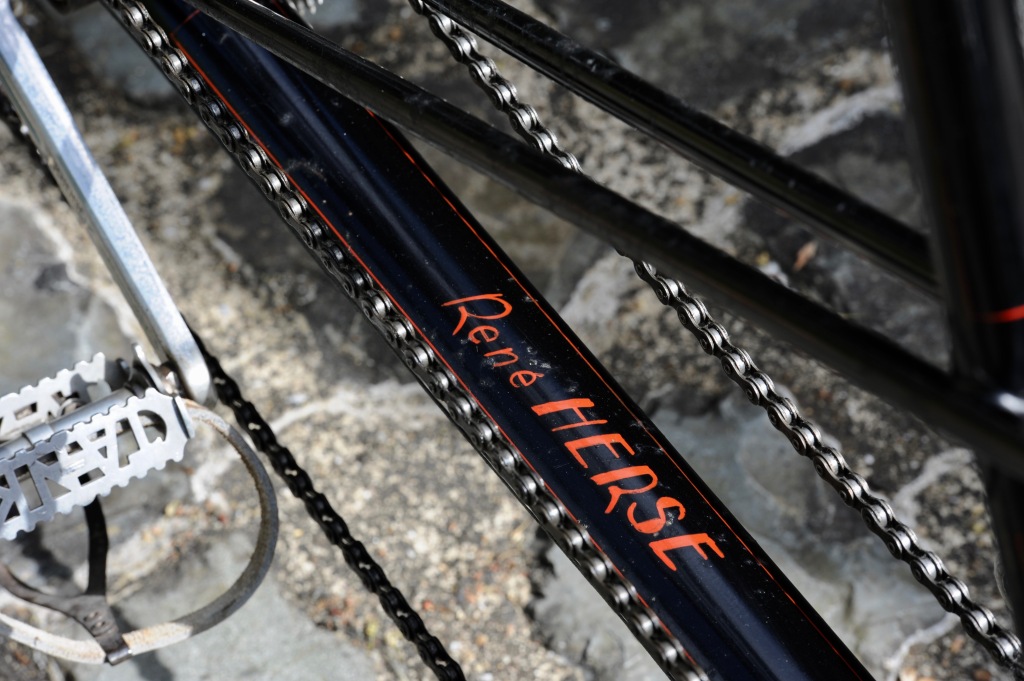
During the occupation of France in the Second World War, cycling was still popular, in fact even more so given that fuel for cars was difficult to come by. The Technical Trials continued and people often rode out of the cities for the day, hurrying to get back before curfew. René Herse managed to avoid being utilised by the Germans. If they had been aware of his background in aircraft engineering things might have been very different. So, with a steady demand for them, he continued to make his made to measure machines throughout. During the latter part of the War he had 5 employees. This Herse tandem was built during that period c.1944/5. Subsequently it was returned to the Herse shop for some ‘updating’ c.1947/8, when it received a new 109 serial number, denoting a repair or modification.

I travelled to France to collect it some years ago, and it certainly looked as bad as the photo’s when I saw it! It was in a sorry state but I could see the potential, and knew it could be returned to use, which was important to me. I have featured it’s preservation before in a previous post so I won’t dwell too much on those details.


As usual my guiding principle is to retain originality wherever possible. This is often a more lengthy and painstaking (and painful) process than ‘restoration’, but I believe we are the custodians of remarkable historic machines, and have a duty to retain their originality and should make great efforts to preserve their unique details for future generations.

It is fitted with many Herse specialities…Touring racks, Chainsets, stems, gear changer, modified Cyclo Derailleur, ‘Speedy’ brakes and cable hangers, and modified large flange front hub. It’s likely that the chainsets and 5 speed Cyclo derailleur were part of the slightly later modifications. Other parts include Maxi drum brake, Tank pedals, Bell bronze wingnuts and Ideale alloy saddles.
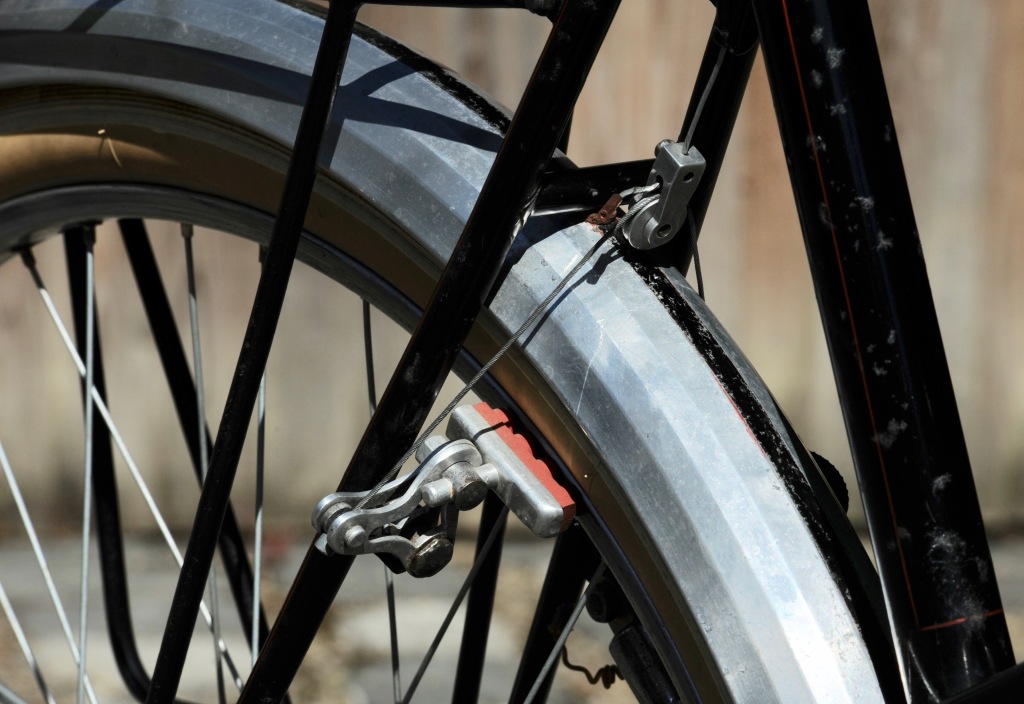



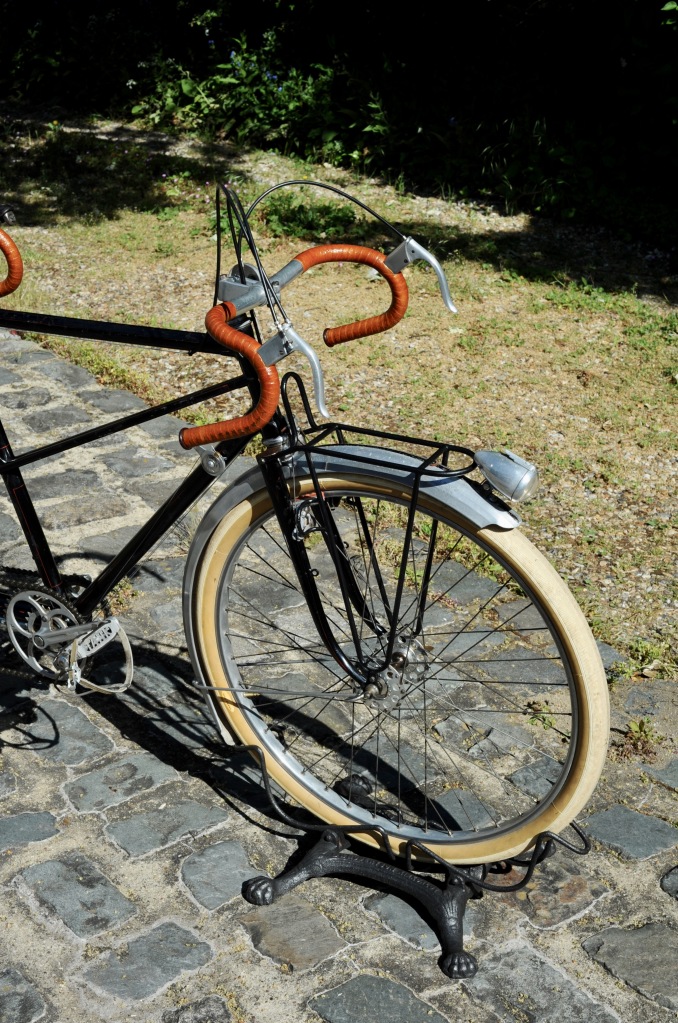

The racks were originally chromed, but the majority of the plating had peeled off and the tubing was pitted. Chroming over pitted metal looks terrible and is a sin against the bicycle Gods. Most chrome platers are capable of ruining items like this. The very best platers (of which there are very, very few) will plate with copper first and then polish, repeating 2 or 3 times, to fill the pitting before nickel and chrome. However, this is very time consuming and therefore jutifiably expensive. At the end of that lengthy process you have perfect chroming which would stand out like a sore thumb against distressed paintwork like on this machine. Most platers would polish away some of the metal, weakening the item. Since they are made of quite thin walled material, a decision was made to remove and neutralise the rust and paint them black. I think they work tolerably well.
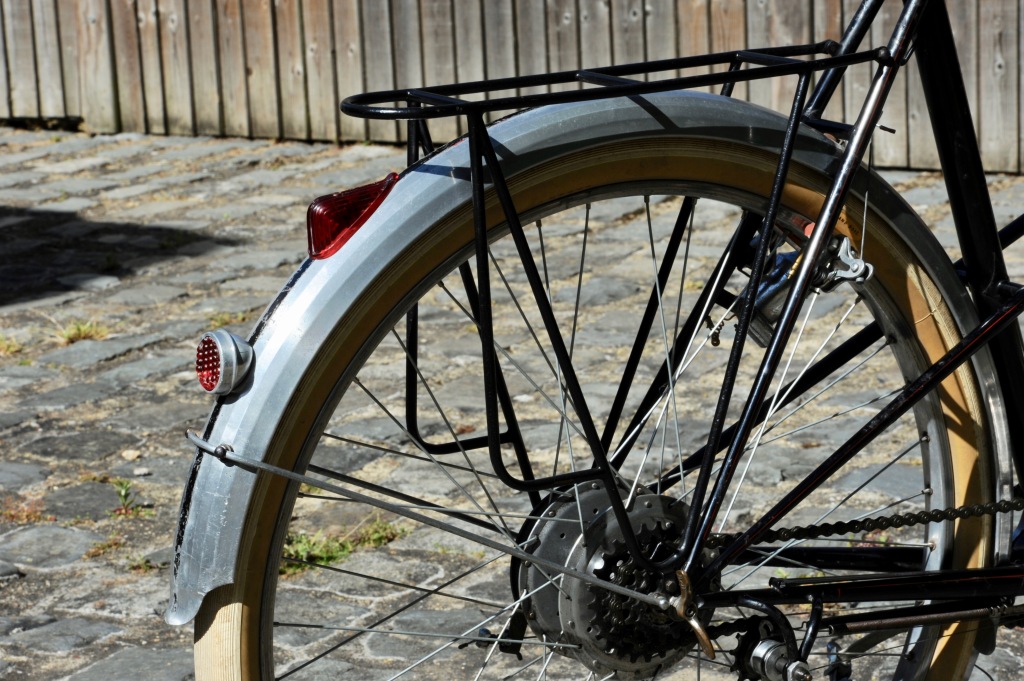

Some of the ‘before and after’ photo’s are quite dramatic. For instance the front hub and spokes. The hub is a modified FB item with the flanges turned off and Herse’s large alloy flanges riveted on using 36 rivets. I cleaned it up entirely by hand with no polishing wheel employed. This gives a much more original looking finish. Some people seem to think that these parts were mirror polished when new: They were not, but instead had a nice satin sheen.



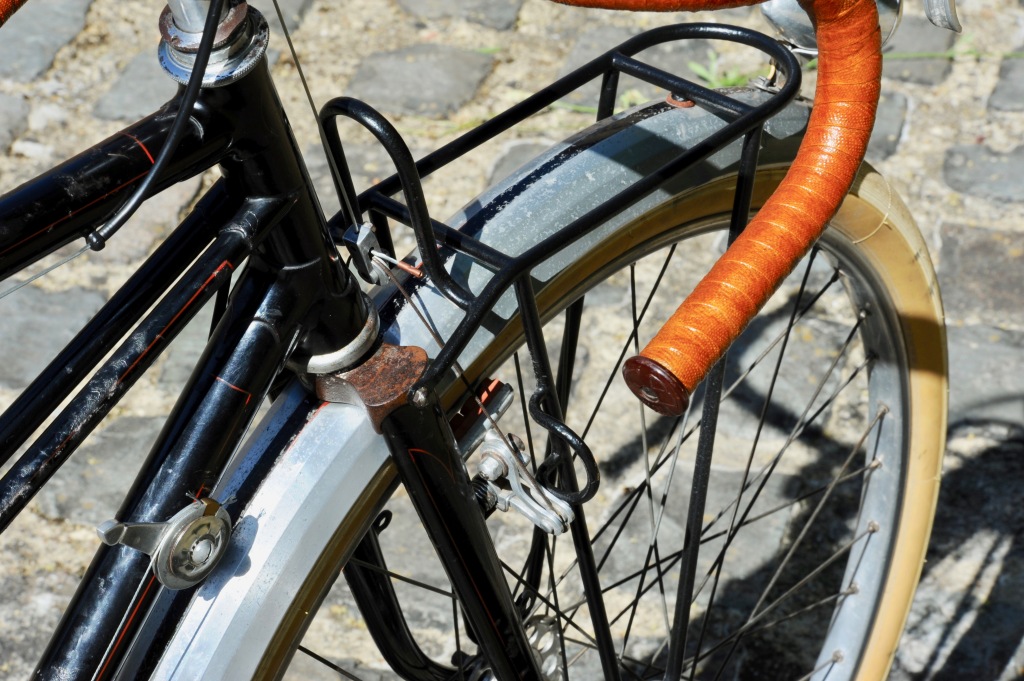
The modified Lefol brake lever is a thing of beauty and shows Herse’s attention to detail. A portion of the lever was cut away and replaced by a beautifully formed alloy section with 2 cable ports to activate the front and rear rim brakes together:
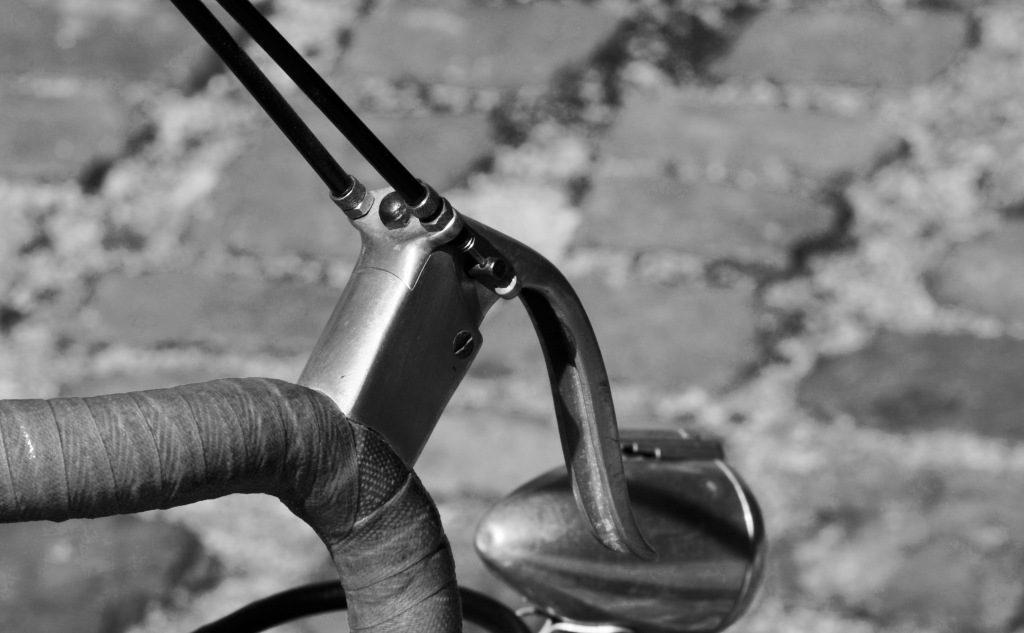
Riding a tandem is a joyful experience particularly when it’s an intelligently engineered machine which does everything well. As usual Herse does not disappoint. Once you are able to achieve synchronicity between captain and stoker, it is a uniquely wonderful ride. I highly recommend it!
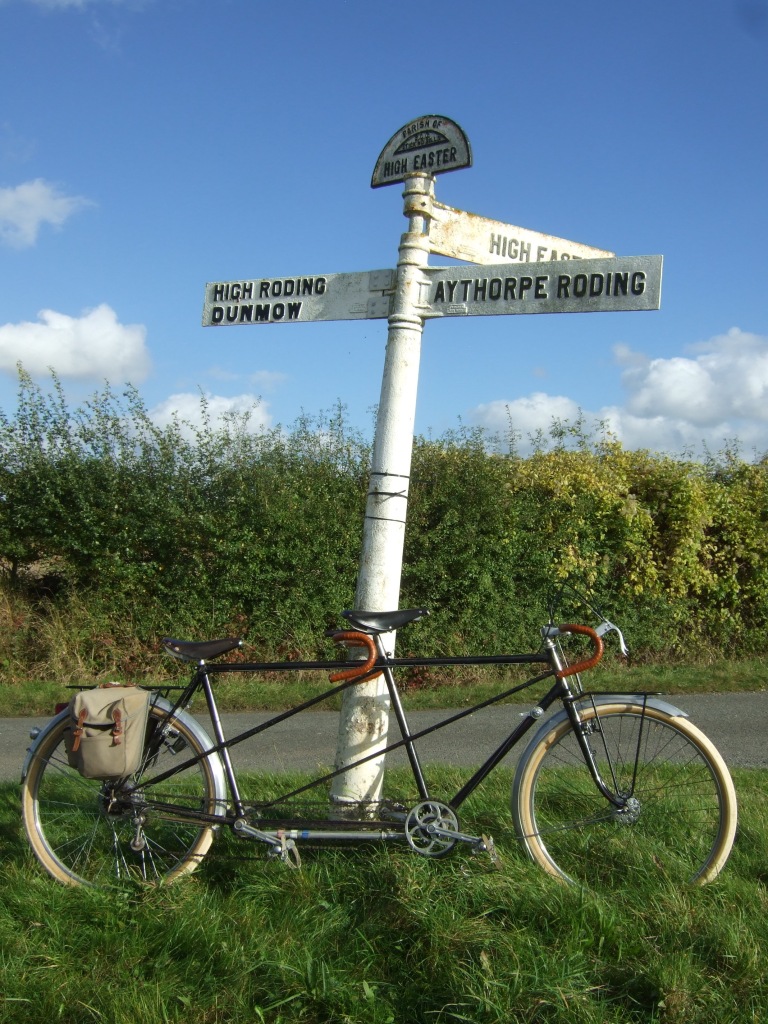
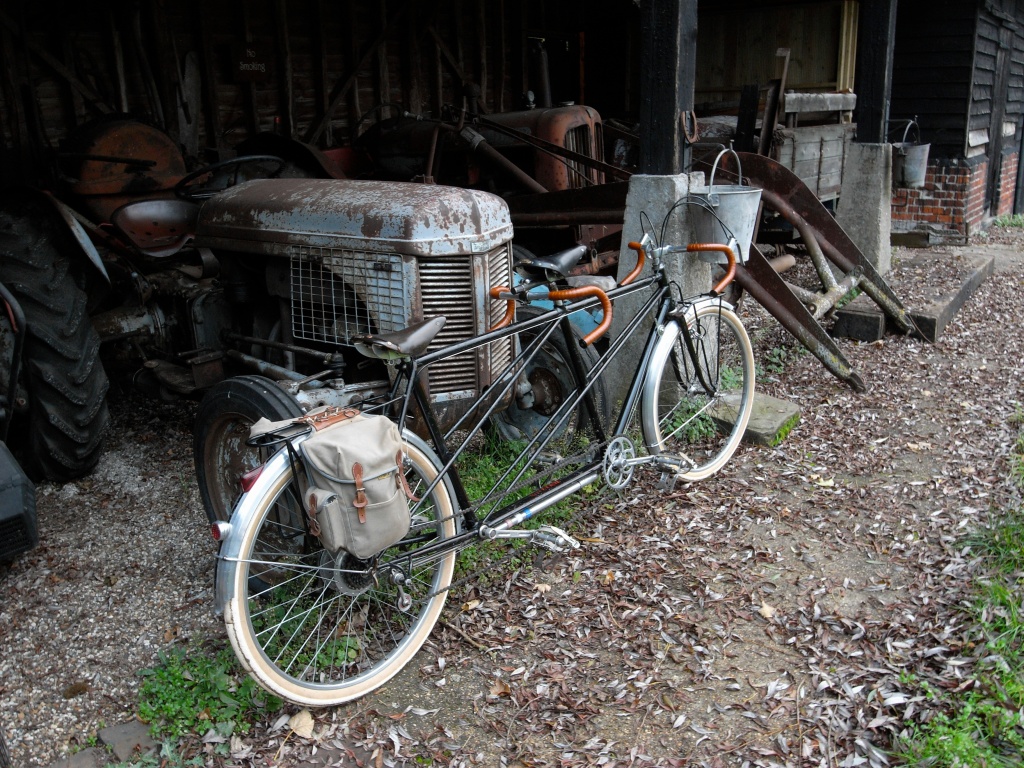

Sources: Jan Heine – René Herse – Bicycle Quarterly Press


















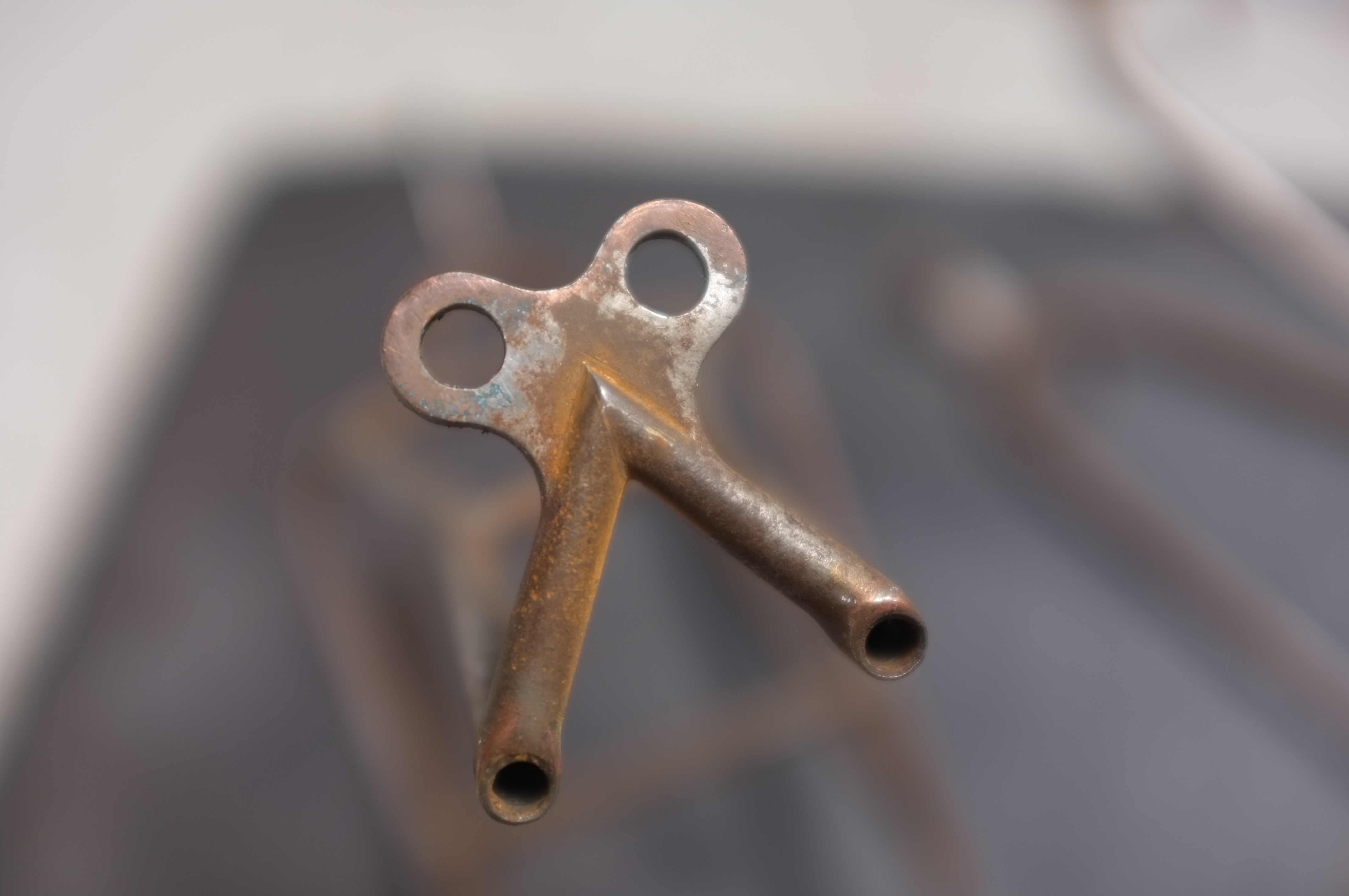












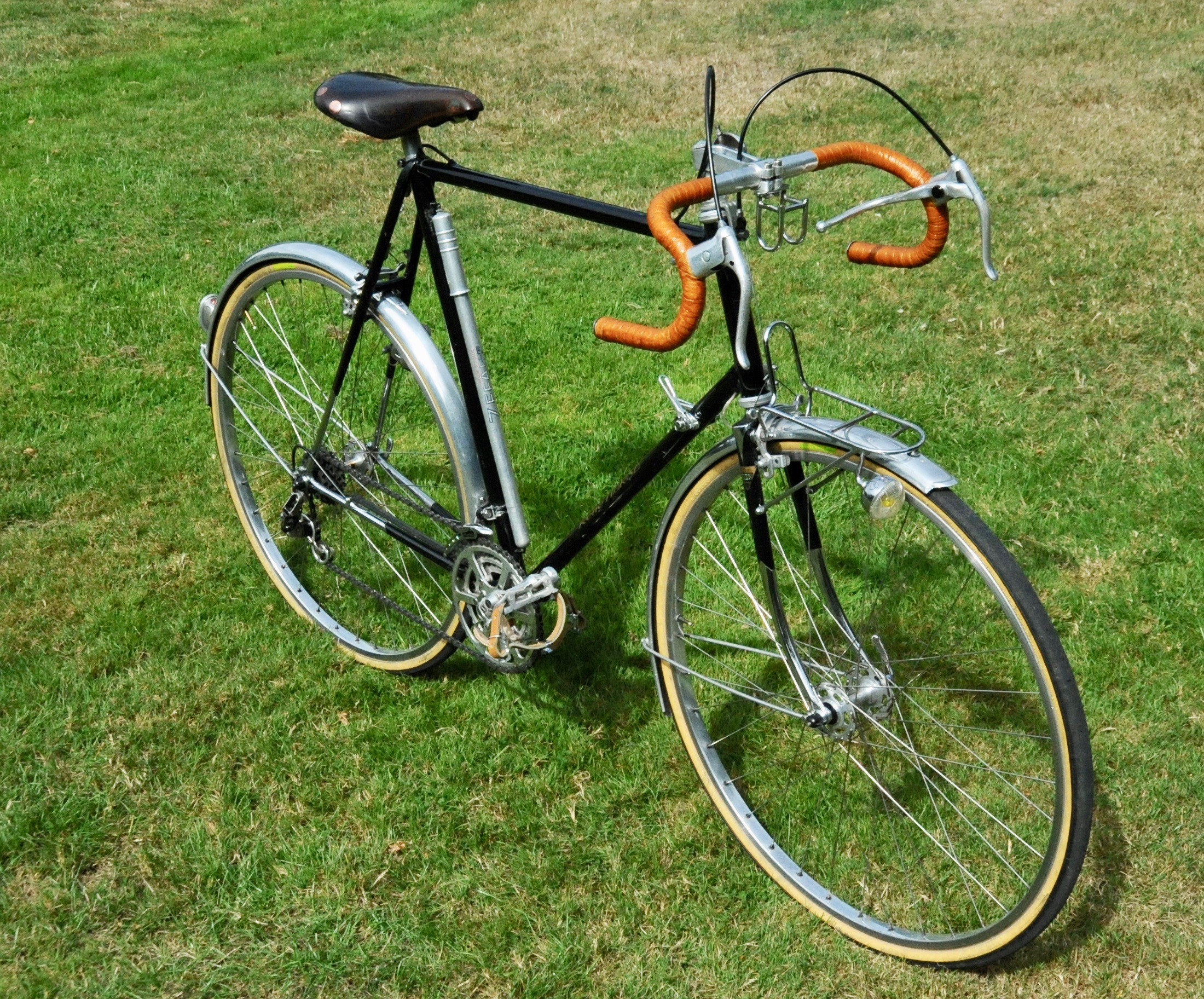



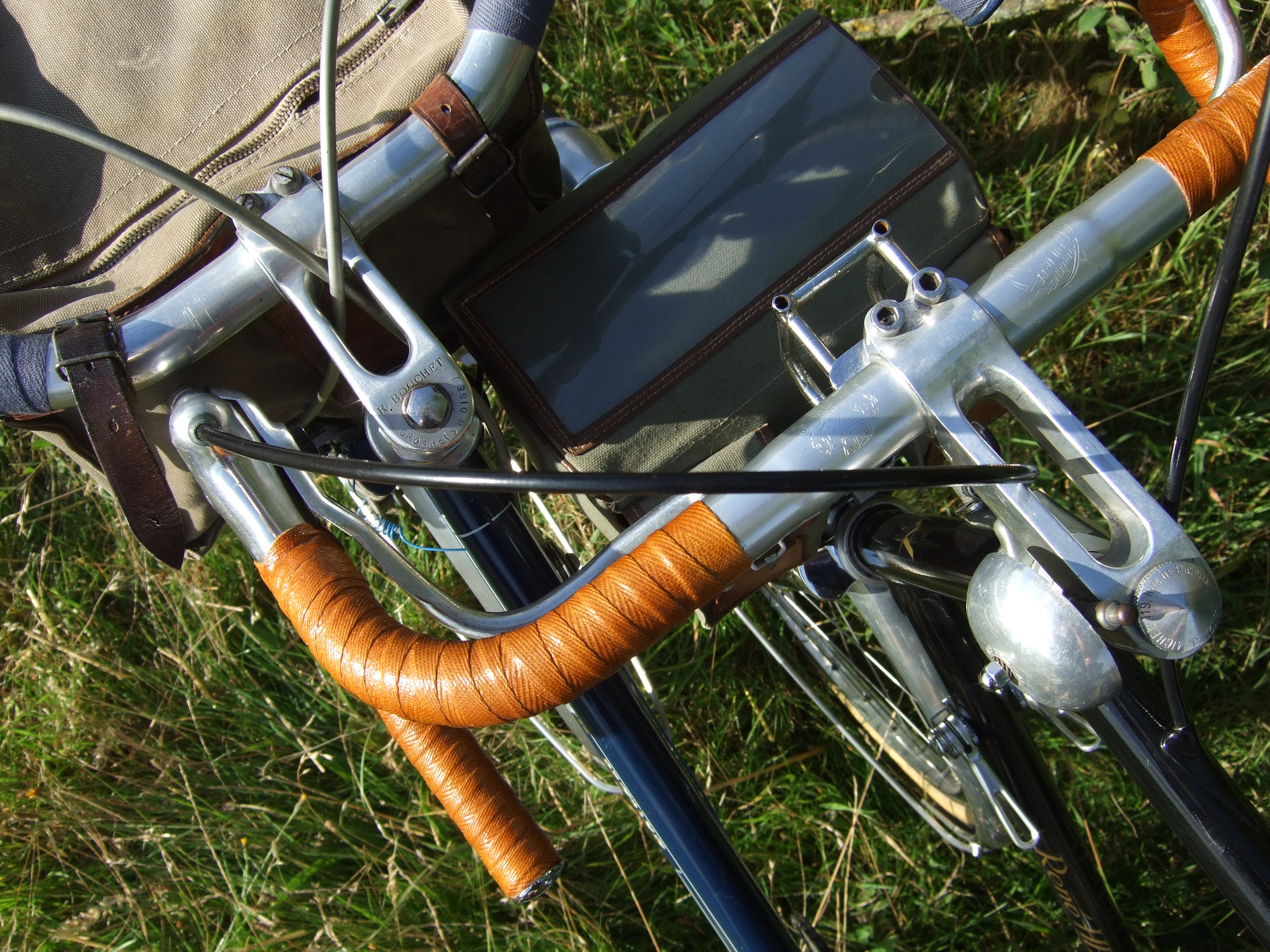












































You must be logged in to post a comment.